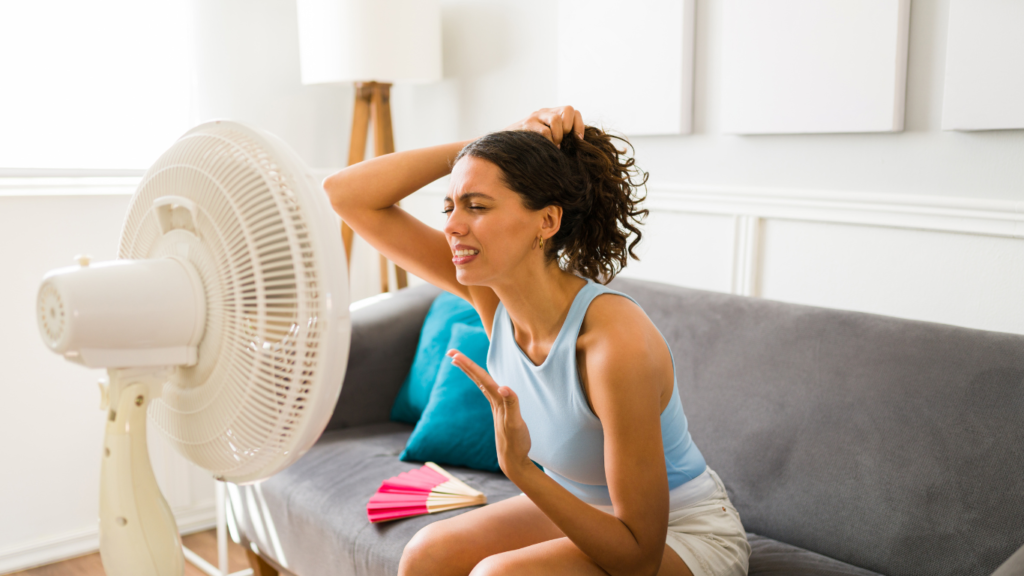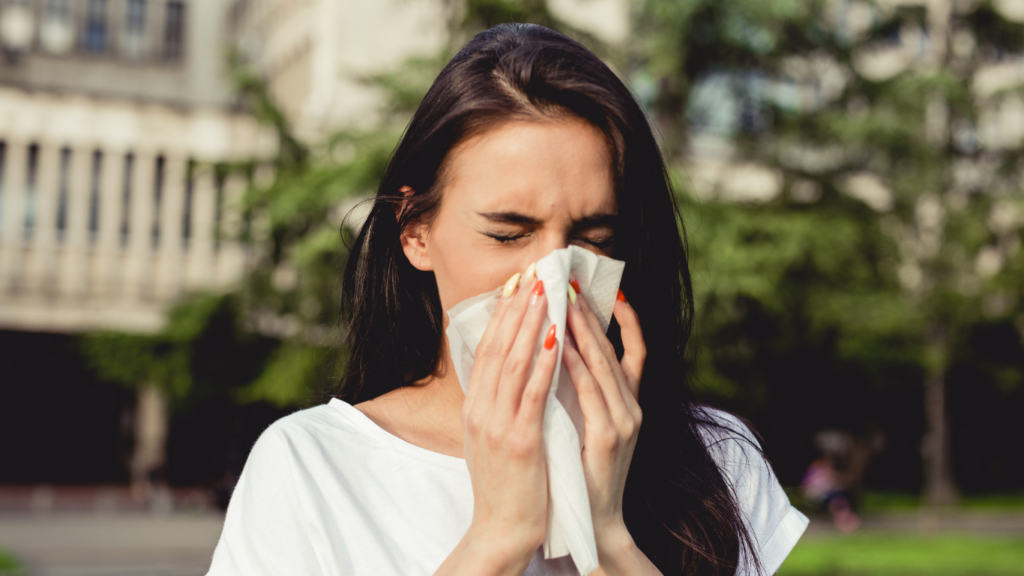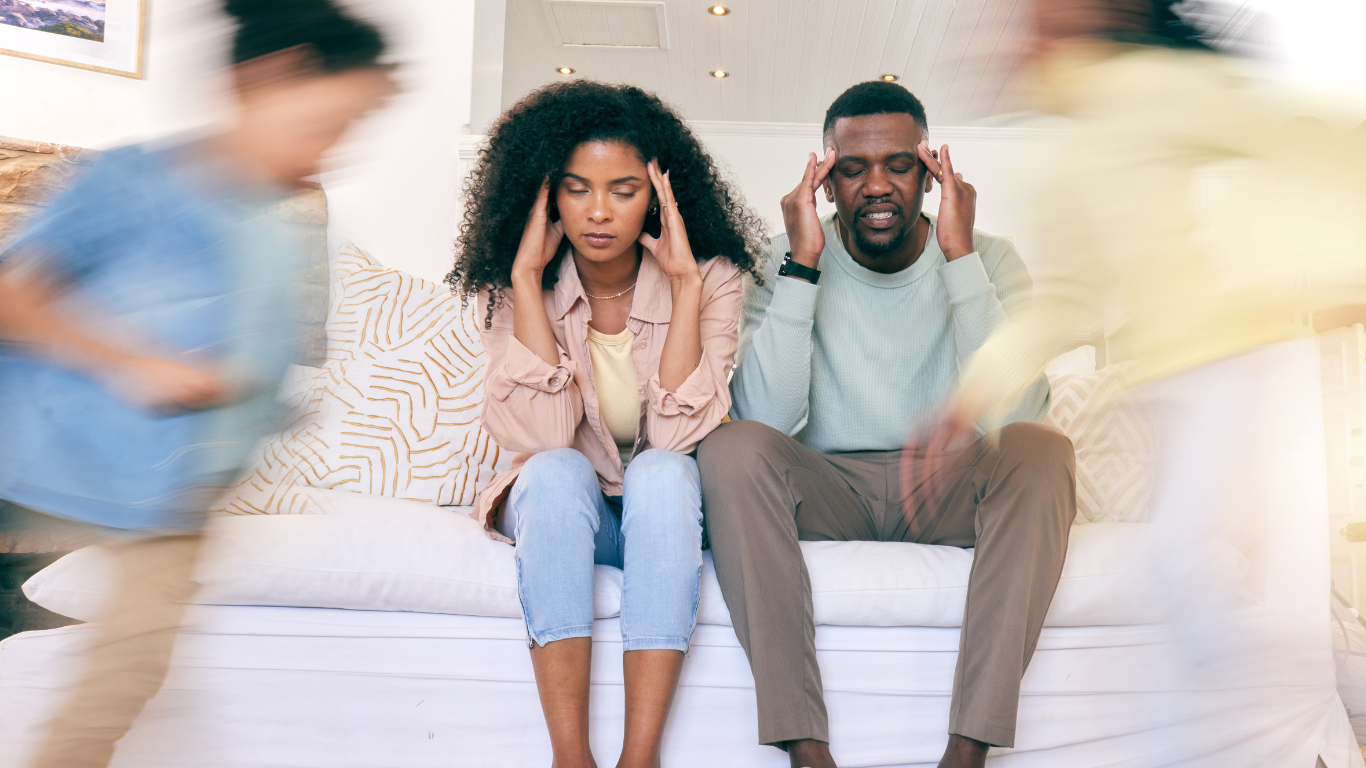Weather-Related Migraines&: A forecast for fewer headache days


For centuries, individuals afflicted with migraines have reported a curious phenomenon: their headaches seem to wax and wane with changes in the weather. From the onset of a storm, to shifts in temperature, humidity or barometric pressure, the connection between migraine and weather has long captured the attention of scientists and sufferers alike. In this article, we look into the scientific evidence surrounding “weather migraines.”
Key takeaways
- How weather influences our susceptibility to migraines
- The cause of seasonal and storm-related migraines
- How to turn “Migraine Meteorology” into better migraine prevention
What the science says about the link between atmospheric pressure and migraines

- Falling barometric pressure: A study published in the journal Cephalalgia1 found a significant association between decreases in barometric pressure and the onset of migraines in a cohort of migraine patients.
- Falling and rising barometric pressure: Another study published in Headache: The Journal of Head and Face Pain2 reported that both low and high barometric pressure readings were associated with increased migraine frequency and intensity in migraineurs.
- Migraine with aura: Research published in Neurology3 suggested that individuals who experience migraines with aura may be particularly sensitive to changes in barometric pressure.
Seasonal weather patterns and headaches

Beyond barometric pressure migraines, seasonal weather patterns can also influence migraines. In fact, temperature changes, humidity, and hours of daylight may all affect the frequency and intensity of migraine attacks. Some common seasonal migraine triggers include:
- Spring: Allergies, pollen, and rapidly changing weather patterns.
- Summer: Intense heat, dehydration, and increased exposure to sunlight.
- Fall: Ragweed pollen, mold spores, and fluctuating temperatures.
- Winter: Cold temperatures, dry air, and indoor heating systems.
The difference between allergy headaches and weather-related migraines

In an allergy headache, the pain is concentrated around the sinuses. The pain is usually accompanied by congestion and a post-nasal drip. It usually lasts for many days but goes away with treatment. A migraine headache is associated with sensitivity to light and sound and, in many cases, nausea. The migraine fades after several hours.
Storm-related migraines are also common, with rapid changes in barometric pressure, strong winds, and atmospheric instability often triggering attacks. While the exact mechanisms are not fully understood, it’s believed that the combination of atmospheric changes, such as lightning, humidity, and air pressure fluctuations, may disrupt the balance of neurotransmitters in the brain, leading to migraine onset in susceptible individuals.
Can you tame these “force of nature” migraines?
The answer is YES! The following strategies can go a long way toward preventing weather-related migraines.
- Know the “Migraine Forecast.” Many weather services feature coverage of how the weather is likely to affect migraine sufferers. Factors include temperature, humidity, sun strength, wind, barometric pressure ups and downs and allergens. The Migraine Buddy app offers city-by-city weather reports on migraine risk. Forewarned is fore-armed. Migraine “meteoropathy” tips you off in time to prepare.
- Increase your hydration. Air outside —and inside— can get very dry. So remember, water is your best friend to prevent weather-related migraines. Drinking other liquids is all well and good, but coffee, tea, and alcohol can trigger migraines just as easily as the weather can.
- Keep your central nervous system toned. Migraine supplements like Dolovent and Petadolex support brain energy metabolism, healthy nerve signaling, brain blood flow and blood-vessel resilience. This makes triggers like barometric pressure changes far less likely to cause a migraine.
- Wear sunglasses. No matter what the weather—or season—the sun’s glare can be harsh. Whether you’re at the beach, sunglasses protect you from the sun’s damaging rays and from the intense glare that can spark a migraine. Sunglasses also help shield your eyes from another weather-related migraine trigger: wind.
- Amp up your prevention routine. If you suffer from seasonal allergies, ramp up your resilience before your allergy-triggers arrive. Boost your intake of key nutrients. The dietary supplement Dolovent, for example, contains more than 20 vitamins, minerals and antioxidants which all support not only whole-body health, but brain health in particular. Another supplement aimed at reducing the frequency and intensity of migraines is Petadolex-brand butterbur extract. In addition to toning blood vessels and normalizing brain function, Petadolex acts as an antihistamine — an additional benefit during allergy season.
- Stay cool. Weather-relatedheadache risk rises as the temperature does. This is apparently because blood vessels in your skull expand and press against surrounding nerve endings, causing pain. Also, perspiration can contribute to a magnesium deficiency that can, in turn, increase your risk of a migraine. On hot days when—especially when humidity is high—use air conditioning indoors. Outdoors, wear a brimmed hat and seek shade vs. sun.
- Pay extra attention to keeping your balance. Eat regular meals to head off blood sugar dips and spikes that can light the fuse on a migraine attack. Keep sleep regular, too: too much sleep can be just as disruptive to your body as too little sleep (and that’s why migraines often occur on weekends or vacations when we’re trying to get a little extra shut-eye.). Same goes for stress. If you’re facing a migraine weather forecast, be intentional about keeping stress at bay. Use meditation, positive thinking or gentle exercise.
Conclusion
The relationship between migraine and weather is a complex interplay of factors, including barometric pressure, seasonal patterns, storms, and weather dynamics. Even humid, sweaty weather and crisp fall breezes can cause weather-related migraines.
While scientific evidence supports the association between changes in weather and migraine occurrence, individual susceptibility varies widely. And although you can’t control the weather, understanding your own unique migraine meteoropathy can help you minimize the chances of being at the mercy of weather-related headaches.
Sources
- Bordini CA, et al. “Weather conditions and migraine: a study in a tertiary care center in Brazil.” Cephalalgia. 2005 Dec;25(12):940-5.
- Prince PB, et al. “The effect of weather on headache.” Headache. 2004 Mar;44(3):596-602.
- Koch T, et al. “Seasonal variation in migraine–relationship with meteorological data in a climate zone of extreme weather changes.” The Journal of Headache and Pain. 2009 Feb;10(1):35-43.
- Martin VT, et al. “Weather and migraine: does a relationship really exist?” Headache. 2004 Apr;44(4):333-7.

Natural Remedies
2 Aug 2024
5 min read
Can weather cause migraine headaches? A forecast for fewer headache days
For centuries, individuals afflicted with migraines have reported a curious phenomenon: their headaches seem to wax and wane with changes in the weather. From the onset of a storm, to shifts in temperature, humidity or barometric pressure, the connection between migraine and weather has long captured the attention of scientists and sufferers alike. In this […]

Mind-Body Techniques
2 Aug 2024
5 min read
Triptans for Migraines: A Comprehensive Guide
Triptan medications have long been a mainstay of migraine treatment. In this article, we delve into what triptans are, how they work, potential triptan side effects, alternatives, and considerations for special populations such as pregnant individuals. What Are Triptans? Triptans are a class of drugs specifically designed to treat migraines. They work by targeting serotonin […]



